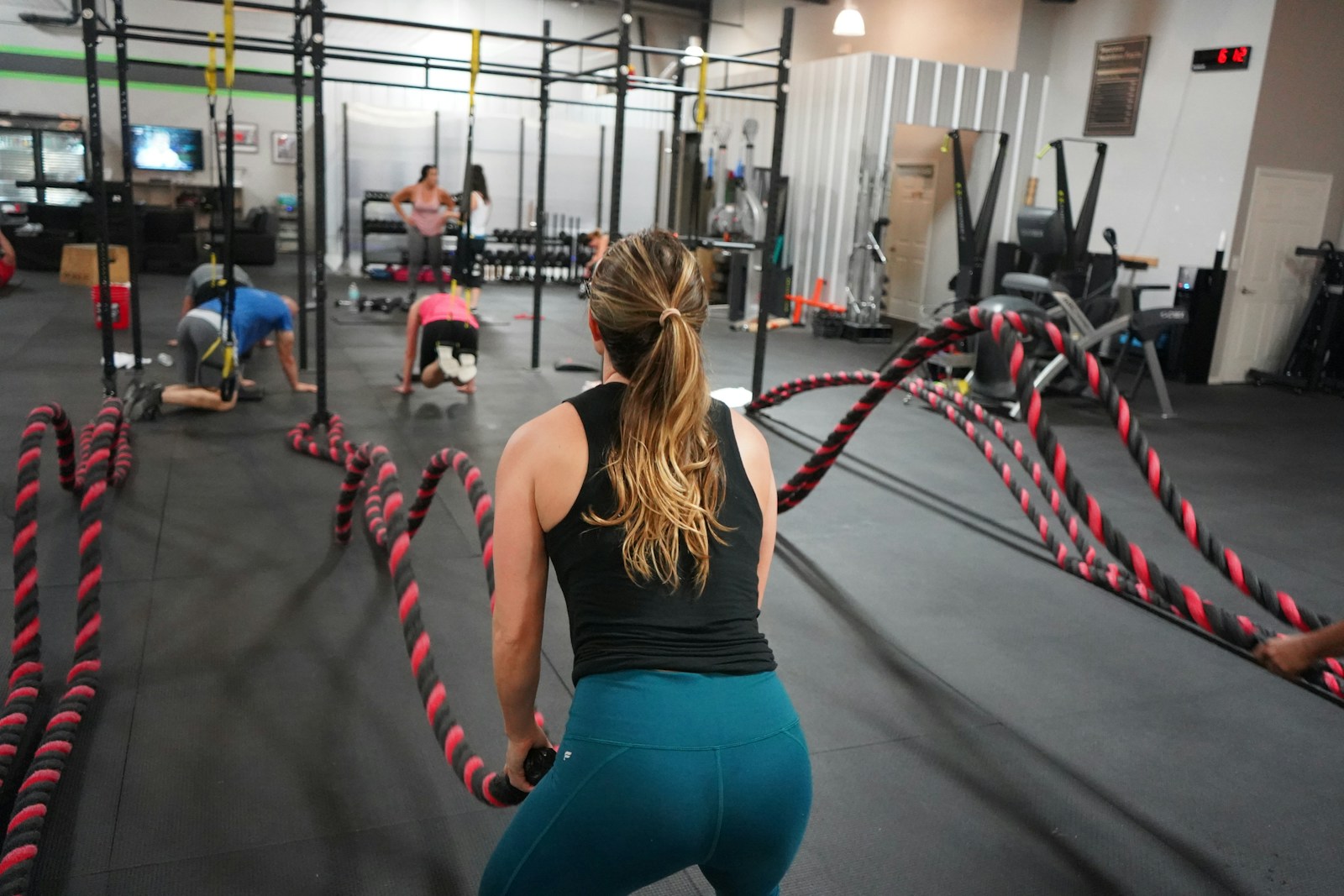Creating a personal fitness program tailored to your individual needs, goals, and lifestyle is essential for achieving long-term success and maintaining overall health. Whether you are just starting your fitness journey or looking to enhance your current routine, it’s important to consider several key factors when designing a program that works for you. In this post, we will explore the most critical elements to take into account when crafting a personal fitness program.
1. Your Fitness Goals
Define Your Objectives: The first step in designing a personal fitness program is to clearly define your fitness goals. Are you looking to lose weight, build muscle, improve cardiovascular endurance, increase flexibility, or simply maintain your current level of fitness? Your goals will guide the structure of your program and determine the types of exercises you include.
Short-Term and Long-Term Goals: Consider setting both short-term and long-term goals. Short-term goals provide motivation and allow you to track progress, while long-term goals help you stay focused on the bigger picture. For example, a short-term goal might be to run 5 kilometers without stopping, while a long-term goal could be to complete a half-marathon.
2. Your Current Fitness Level
Assess Your Starting Point: Understanding your current fitness level is crucial for designing a program that is challenging yet achievable. Conduct a self-assessment or seek professional guidance to evaluate your strength, endurance, flexibility, and overall fitness. This assessment will help you determine the appropriate intensity and duration of your workouts.
Progress Gradually: If you are new to exercise or returning after a break, start with a beginner-friendly program and gradually increase the intensity as your fitness improves. Overexertion can lead to injury and burnout, so it’s important to progress at a pace that allows your body to adapt.
3. Time Availability
Consider Your Schedule: Your fitness program should fit into your daily routine without causing stress or disruption. Determine how much time you can realistically dedicate to exercise each week. This will help you decide the frequency and duration of your workouts.
Consistency Over Intensity: It’s better to commit to a manageable routine that you can stick with consistently rather than an overly ambitious program that you struggle to maintain. Even shorter, more frequent workouts can be highly effective when done consistently.
4. Types of Exercises
Incorporate a Variety of Activities: A well-rounded fitness program should include a mix of different types of exercises to target various aspects of fitness. Consider incorporating the following:
- Cardiovascular Exercises: Activities like running, cycling, swimming, and brisk walking improve heart health and endurance.
- Strength Training: Weightlifting, resistance bands, and bodyweight exercises help build muscle, increase metabolism, and improve bone density.
- Flexibility and Mobility Exercises: Stretching, yoga, and Pilates enhance flexibility, reduce the risk of injury, and improve overall movement patterns.
- Balance and Stability Exercises: Incorporate exercises that challenge your balance and stability, such as single-leg exercises, to enhance coordination and prevent falls.
Tailor to Your Preferences: Choose exercises that you enjoy and that align with your fitness goals. If you enjoy the activities you’re doing, you’re more likely to stay motivated and consistent.
5. Equipment and Environment
Consider Accessibility: Think about the equipment you have access to and where you prefer to exercise. Do you have a gym membership, or do you plan to work out at home? If you’re exercising at home, ensure you have the necessary equipment, such as dumbbells, resistance bands, or a yoga mat.
Adapt to Your Environment: Your environment can also influence your workout choices. For example, if you live in an area with mild weather, outdoor activities like running or cycling might be appealing. If you prefer indoor workouts, consider investing in home gym equipment or following online workout programs.
6. Recovery and Rest
Prioritize Recovery: Rest and recovery are essential components of any fitness program. Ensure you schedule rest days to allow your muscles to repair and grow. Overtraining can lead to fatigue, decreased performance, and an increased risk of injury.
Incorporate Active Recovery: On rest days, consider engaging in low-intensity activities such as walking, stretching, or yoga. Active recovery promotes blood circulation, reduces muscle stiffness, and enhances overall recovery.
7. Nutrition and Hydration
Support Your Fitness Goals: Your diet plays a significant role in your fitness progress. Ensure you’re consuming a balanced diet that provides the necessary nutrients to support your workouts. Focus on whole foods, lean proteins, healthy fats, and complex carbohydrates.
Stay Hydrated: Proper hydration is crucial for maintaining energy levels, supporting muscle function, and aiding in recovery. Drink water throughout the day, especially before, during, and after workouts.
8. Progress Tracking
Monitor Your Progress: Keep track of your workouts, nutrition, and overall progress. This can be done through a fitness journal, mobile app, or by regularly checking key metrics such as weight, body measurements, or performance benchmarks.
Adjust as Needed: As you progress, you may need to adjust your program to continue challenging your body. Increase the intensity, try new exercises, or set new goals to keep your fitness journey dynamic and engaging.
Conclusion
Designing a personal fitness program requires careful consideration of your goals, current fitness level, time availability, and preferences. By taking these factors into account, you can create a balanced and effective program that is tailored to your unique needs. Remember, the key to success is consistency, so choose activities you enjoy, listen to your body, and make adjustments as needed to stay on track. With the right plan in place, you can achieve your fitness goals and enjoy the many benefits of a healthy, active lifestyle.
Tags: personal fitness program, fitness goals, exercise routine, workout plan, strength training, cardio exercises, fitness assessment, recovery, nutrition and fitness, progress tracking





